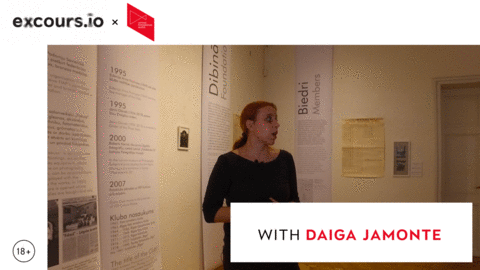When I see the future, I close my eyes: Chapter II
Why should you watch this?
This exhibition is essential for gaining a deeper understanding of how colonial histories and technological advancements continue to shape global power dynamics today. In a world increasingly dominated by digital surveillance, militarization, and the exploitation of resources, Heba Y. Amin’s works offer critical insights into how these tools are rooted in historical forms of oppression. The tour provides context to complex pieces that tackle everything from colonial photography to nuclear fallout, showing how these past events resonate with current issues like digital authoritarianism and neocolonialism. At a time when technology is both a tool for liberation and control, this exhibition is especially relevant, helping us reconsider the role of visual culture in framing our collective future.
History of the Photo Club “Riga”
Why should you watch this?
Joining a guided tour of this exhibition offers an invaluable opportunity to delve into the nuanced evolution of photography as an art form, enriching our understanding of its role in contemporary visual culture. With today’s landscape awash in images, the tour provides context to the historical dialogues and artistic practices that shaped current perceptions of photography. It invites reflection on the delicate interplay between artist and viewer, shedding light on how these artworks resonate with themes of identity and memory. Engaging with the photographs in a communal setting not only enhances appreciation for the craft but also encourages a deeper connection to the stories that accompany each piece, making the experience both enriching and thought-provoking in our fast-paced, image-driven world.


